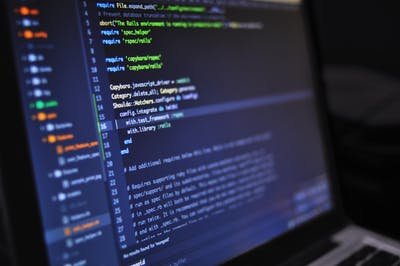There are many reasons why you might want to track time. Maybe you're a freelancer and need to keep tabs on how long you're spending on each project. Maybe you manage a team and want to see where everyone's time is going. Or maybe you just want to get a better understanding of how you spend your days.
Time tracking software can help with all of these things. It's a simple way to keep tabs on how you're spending your time. And it can be a useful tool for increasing productivity or understanding where your time goes.
What is Time Tracking Software?
Time tracking software is any type of software that helps you track, manage, and understand your time. This can include simple tools like a timer or stopwatch. Or more complex tools that track your time automatically and provide detailed reports.
There are many different types of time tracking software available, so you can choose the one that best fits your needs. Some time tracking software is designed for specific tasks like project management or invoicing. While other software is more general purpose and can be used for anything from personal productivity to team management.
Why Use Time Tracking Software?
Time tracking software can be useful for a variety of reasons. It can help you increase your productivity, better understand where your time goes, and make sure you're billing correctly for your work.
If you're a freelancer, time-tracking software can help you keep tabs on how long you're spending on each project. This is important for two reasons: first because it can help you estimate how long future projects will take; and second, because it can help you make sure you're billing your clients correctly.
If you manage a team, Employee Time Tracking Software can help you see where everyone's time is going. This can help identify bottlenecks or inefficiencies in your process. It can also help you understand which tasks are taking up the most time, so you can prioritize them accordingly.
There are many other potential uses for time tracking software as well. You might use it to track your own personal productivity, or to see how you're spending your days. You might use it to manage a team of remote workers, or to keep tabs on employee productivity.
How Are the Features to Look for Time Tracking Software?
There are many different types of time tracking software available, so it's important to choose the one that best fits your needs. Here are some things to consider when choosing time tracking software:
What type of time tracking do you need? There are many different types of time tracking software available, so you need to choose the one that best fits your needs. If you're a freelancer, you might want simple invoicing software; if you manage a team, you might need something more complex.
How easy is the software to use? Time tracking software should be easy to use, or else you won't actually use it. If you're not sure how to use the software, look for a free trial or demo so you can try it out before you buy it.
What features do you need? If you're managing a team, for example, you'll need features like project management and invoicing. If you're just tracking your own time, you might not need all those bells and whistles
Here Are Some Quick Tips About Time Tracking Software:
1. Choose the right type of Employee Time Tracking Software for your needs. There are many different types of time tracking software available, each with its own set of features and benefits. Make sure to select a program that meets your specific needs.
2. On your computer, download and install the software.Once you have selected the right program, download and install it on your computer. Follow the instructions provided by the software manufacturer to complete the installation process.
3. Set up the software according to your preferences. Once the software is installed, launch it and set it up according to your preferences. This includes specifying the tasks, projects or activities that you want to track, as well as how often you want to track them.
4. Use the software to track your time. Start using the software to track your time spent on various tasks, projects or activities. Make sure to enter accurate information so that you can get accurate results.
5. Review your results and make changes accordingly. After tracking your time for a period of time, review your results and make changes accordingly. This may include changing the way you track your time, as well as the tasks, projects or activities that you track.
Conclusion
Following these quick tips, you can ensure that you get the most out of your time tracking software. Make sure to choose the right program for your needs, install it properly and set it up according to your preferences. Use it regularly to track your time, and review your results to improve your productivity.







